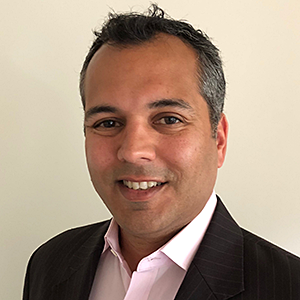Q1. You recently talked about the world entering a new 'cy-phy' era where devices and data in our physical spaces have begun converging with cyberspace. From a security standpoint, what does this trend mean for enterprise organizations?
As much as it seems we're almost permanently engrossed in our computer's or smart phone's screen's portals to the cyberspace we've come to love, the physical environment around us is being rapidly instrumented to gather data about the places we actually live and breathe. Enterprises now have the opportunity to use data from both the virtual domain of cyberspace and the physical domain (of IoT, OT, building automation, smart cities, and so forth) to find more insights on how to make our work more efficient and our life more enjoyable. That opportunity does not come without a responsibility.
As enterprises use data from that physical domain, and also correlate it with data from the cyber domain, there is an increased responsibility to ensure that it is both protected and private. After all, it's one thing to lose your privacy within the virtual world of cyberspace, but quite another to lose it within the actual environment where you're living, walking, or even functioning (think, healthcare IoT monitoring your body's functions).
The privacy and security (integrity, authenticity, availability) of such data can't be afterthoughts. Enterprises must plan for the handling of such data with the right visibility, segmentation, and access control, doing defense through integrated and fast security technologies.
Q2. Adversaries are employing dual-use tools and 'Living off The Land' (LoTL) tactics in a growing number of cyberattacks these days. What challenge does this trend pose for organizations? How should they be addressing it?
There are two ways for an outsider to get unauthorized access to system: Find and exploit a vulnerability (an unintended hole that enables an attacker to achieve a security effect), or; use existing system feature to achieve an unintended (to the legitimate user of that feature) security effect. For example, I could discover and use a vulnerability to spoof integrity/authentication (e.g., via pass the hash) and then steal data, or I could steal the data directly after appropriating an authorized user's password.
The problem for the security professional is that they've been trained and conditioned to look for exploited vulnerabilities, using sophisticated analytics to find evidence of that (e.g., memory leaks; timing attacks). Yet there are nowhere near as many (nor sophisticated or scalable) analytics that detect the misuse of valid functions. This leads us to "the insider problem."
"Insiders" have a bad name. Far from defending insiders who abuse their trusted employee status, what I mean is that the term "insider" has too narrow/confusing a meaning (i.e., it's not just 'the good employee who has gone bad').
The 'insider threat' includes:
- The trusted employee who now acts maliciously (i.e., deliberately causing harm);
- The trusted employee who acts with poor judgment/recklessly (i.e., putting the organization at risk due to risky online behaviors), or;
- Non-employees who have penetrated external defenses and now pose as a legitimate trusted employee (i.e., penetrators that now can simply use the full suite of system commands to commit malicious activities).
With those things in mind, organizations need robust insider threat programs that take on the scope of all three of those definitions of "insiders", since if you have the analytics in place, you can use those analytics to find & kill the LoTL tactics.
Organizations should pick security companies that have the ability to prevent, detect, and mitigate all kinds of attacks, whether they are rooted in vulnerabilities, legitimate commands, or executed by outsiders or insiders.
Q3. What can attendees expect from Fortinet at Black Hat USA 2019? What do you plan on highlighting at the event?
Black Hat is an important event that we attend and we have a lot going on at the show this year. Our booth (#630) will focus on many items of interest to attendees. We will be running several demos of our products and threat services. We are also conducting theater presentations from Fortinet and our Fabric-Ready partners throughout the event. We will be hosting our Expert Bar again staffed by members of our Technical Marketing team to answer security technology questions. From a topical standpoint, we will be highlighting our Secure SD-WAN solution, as well as our multi-cloud security, IoT security, and security operations offerings, showcasing the need for a broad, integrated, and automated Security Fabric. As for the threat landscape, Black Hat is always an ideal event to discuss the latest trends in cyberthreats, we will of course share our latest FortiGuard Labs threat research and our global Threat Landscape Report.










